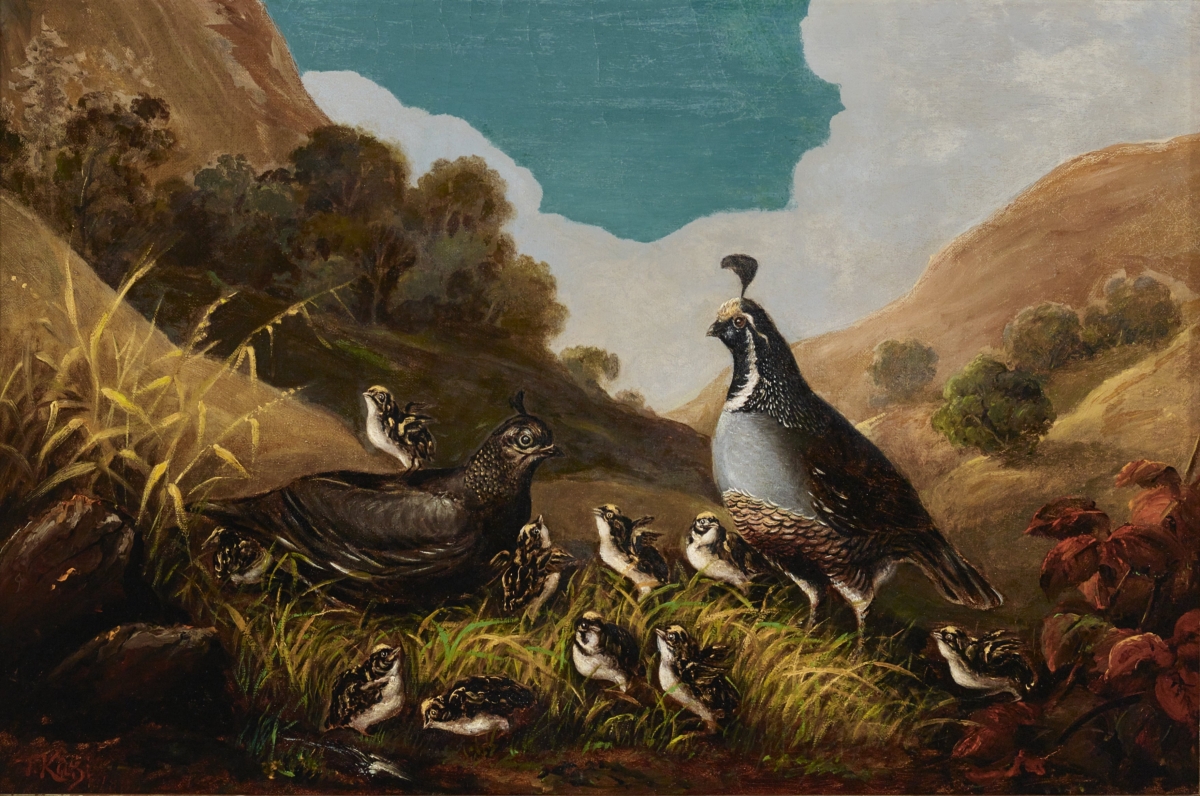
Tameya Kagi
Kagi’s birth year was unknown for a long time but is estimated to be 1851, based on the 1880 U.S. census records. His elder brother Masakuni Kaji served under Mochitsugu Tokugawa, the last load of the Kishu Domain. In 1875, he moved to San Francisco and worked as an assistant for a measurement technician for a survey on Santa Catalina Island on the Pacific Coast, then studied architectural drawings and painting in oils. In 1885, he moved to Germany. Upon returning to Japan in April 1889, he joined the Meiji Bijutsu-kai (Meiji Fine Arts Society), Japan’s first Western-style painting art organization. He served as a judge at the Third National Industrial Exposition in 1890 and began to teach at Meiji Bijutsu-kai’s painting classes (later Meiji Art School) as a professor. He started to play a central role in the Western-style painting world, but died in November 1894. His surname should be Kaji in the alphabet for its pronunciation, but it is customary to write it following the artist’s signature.
- Tameya Kagi, "Morning Drink" :
- 1880, Oil on canvas, Cantor Arts Center, Stanford University (The Michael Donald Brown Collection, made possible by the William Alden Campbell and Martha Campbell Art Acquisition Fund and the Asian American Art Initiative Acquisitions Fund. Funding for the conservation of this artwork was generously provided through a grant from the Bank of America Art Conservation Project, 2020.63)
